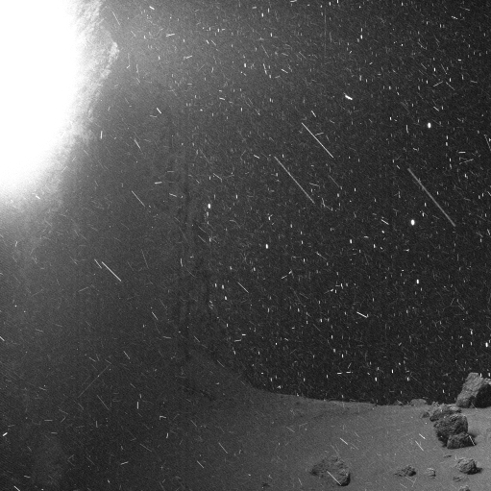The Atlas V carrying the InSight Mars lander is set to lift off on Saturday morning from Vandenberg AFB in California at 4:05 a.m. PDT (7:05 am EDT) (See earlier posting here.) The vehicle is scheduled to land on Mars in the western Elysium Planitia region at around noon Pacific time on Monday, Nov. 26th.
Webcast coverage of the launch will start at 3:30 am PDT (6:30 EDT): NASA Live: InSight Mars Launch | NASA
A couple of reports on the mission:
- All systems go for launch of InSight, a mission to reveal the inside of Mars – Spaceflight Now
- NASA’s First Mission to Study the Interior of Mars Awaits May 5 Launch | NASA
More videos about InSight:
** InSight Countdown to T-Zero: From the West Coast to the Red Planet
** InSight Countdown to T-Zero, Episode 2: Into the Fairing
** A pre-launch briefing on the science of the Insight mission :
====

